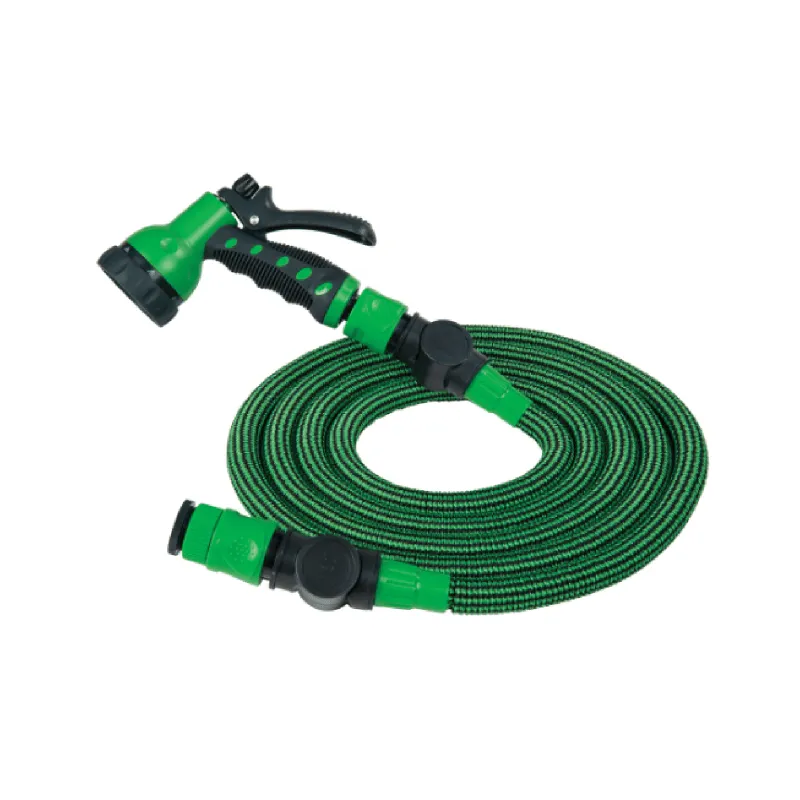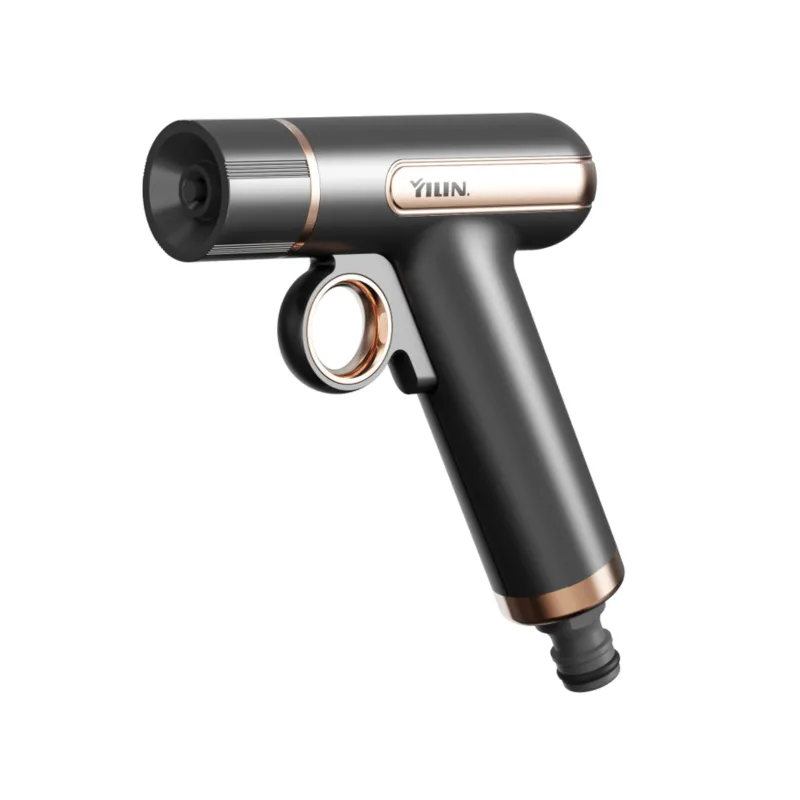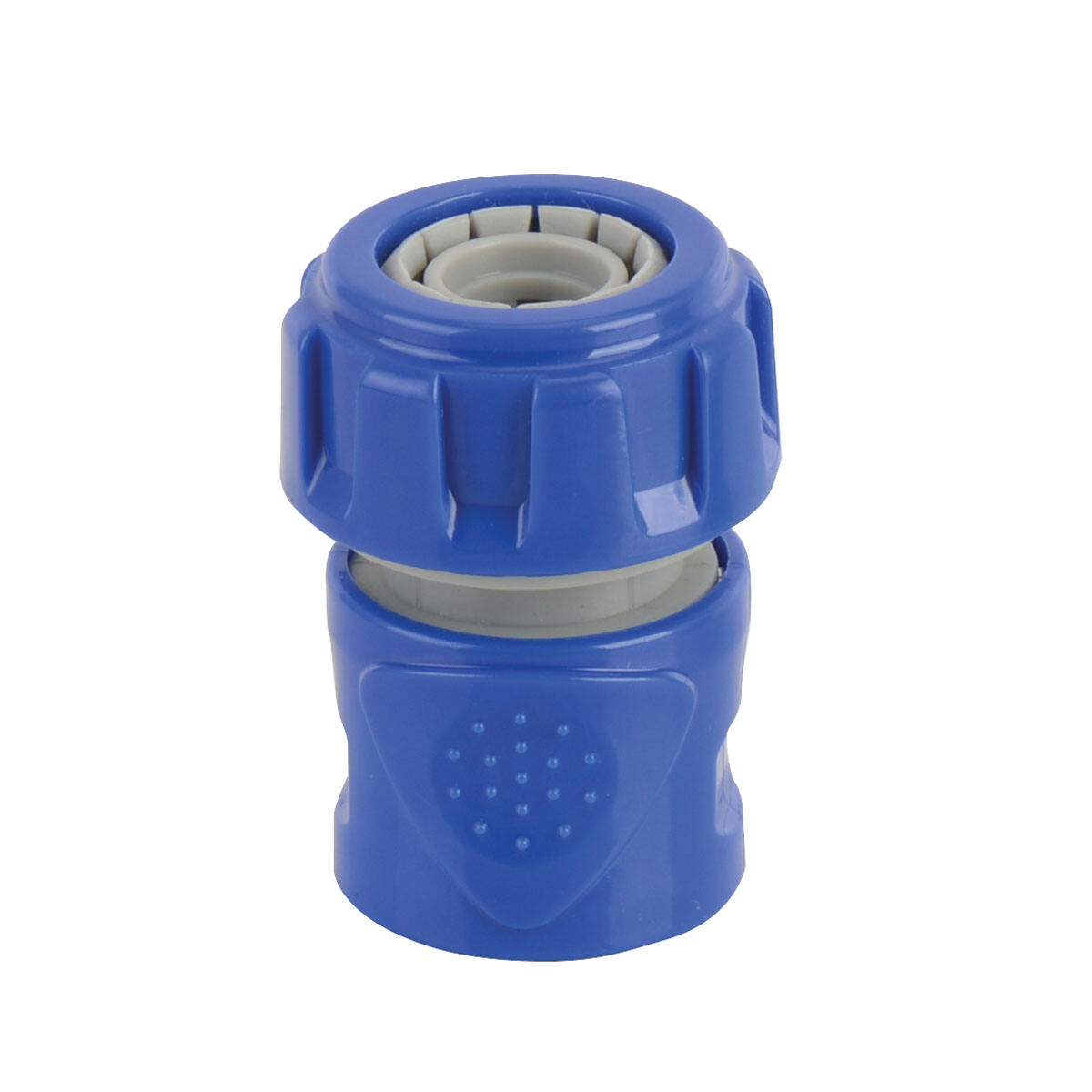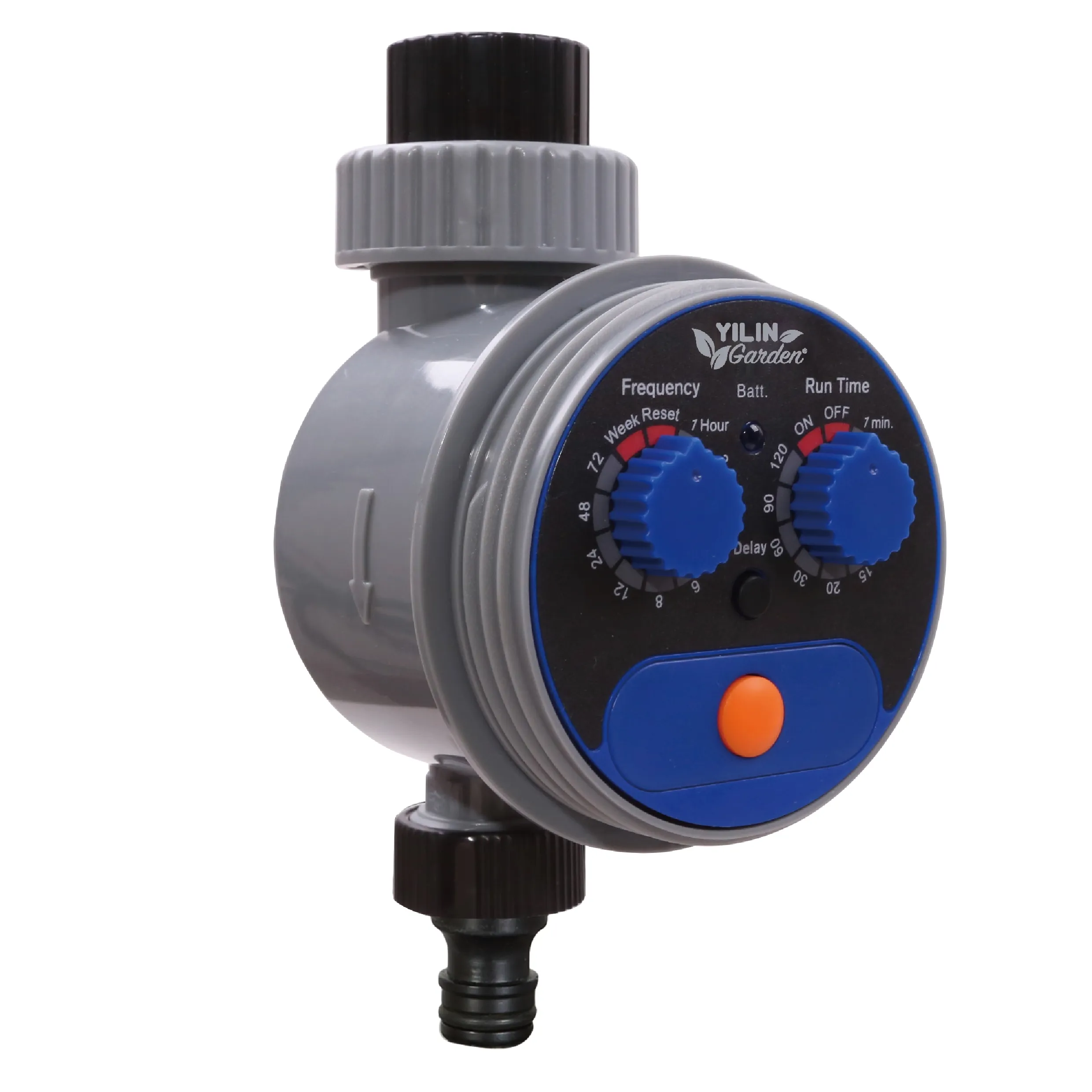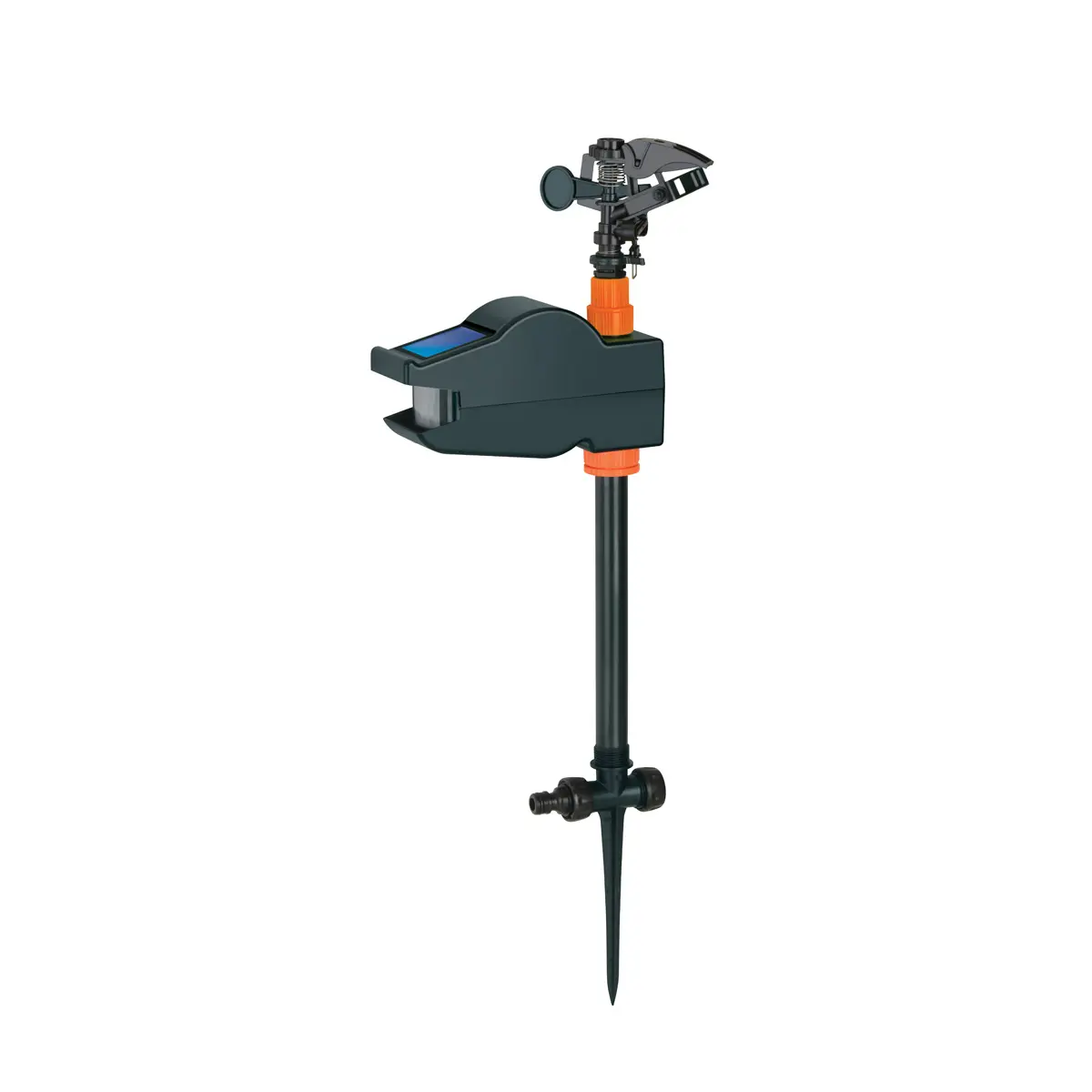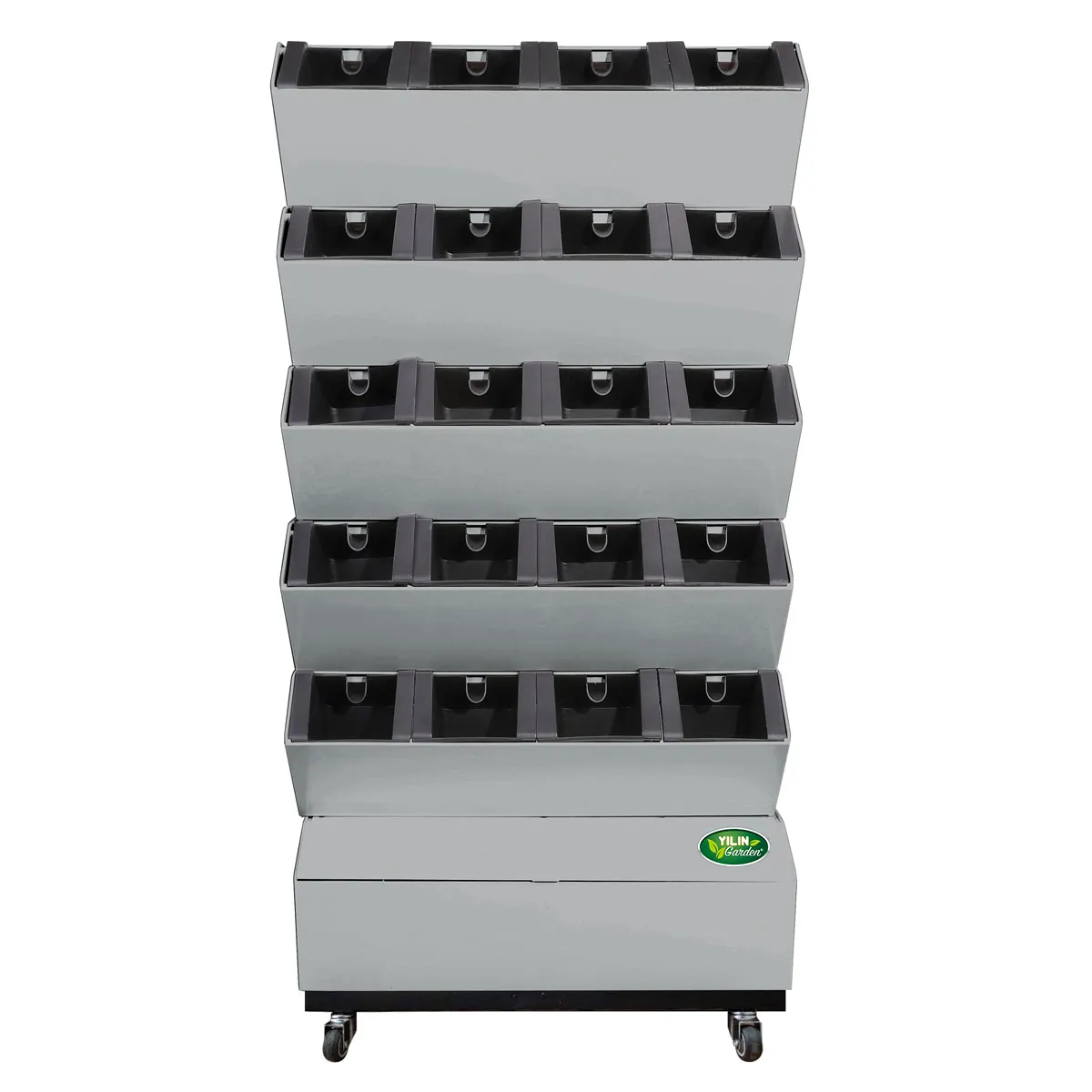underground drip irrigation
Underground drip irrigation represents a cutting-edge approach to water management in agriculture and landscaping. This advanced irrigation method involves installing specialized tubing beneath the soil surface, typically at depths ranging from 4 to 18 inches, delivering water directly to plant root zones. The system consists of pressure-compensating emitters that ensure uniform water distribution, creating an optimal growing environment for plants. By placing irrigation lines underground, this system minimizes surface evaporation and prevents water runoff, resulting in significant water conservation. The technology incorporates sophisticated controls that allow for precise water delivery based on soil moisture levels, weather conditions, and plant requirements. Underground drip irrigation systems can be customized for various applications, from small residential gardens to large-scale agricultural operations. The system's design includes filters to prevent root intrusion and clogging, self-flushing mechanisms for maintenance, and pressure regulators to maintain consistent water flow. This irrigation method has proven particularly effective in areas with water scarcity or strict water usage regulations, offering a sustainable solution for modern irrigation challenges.





